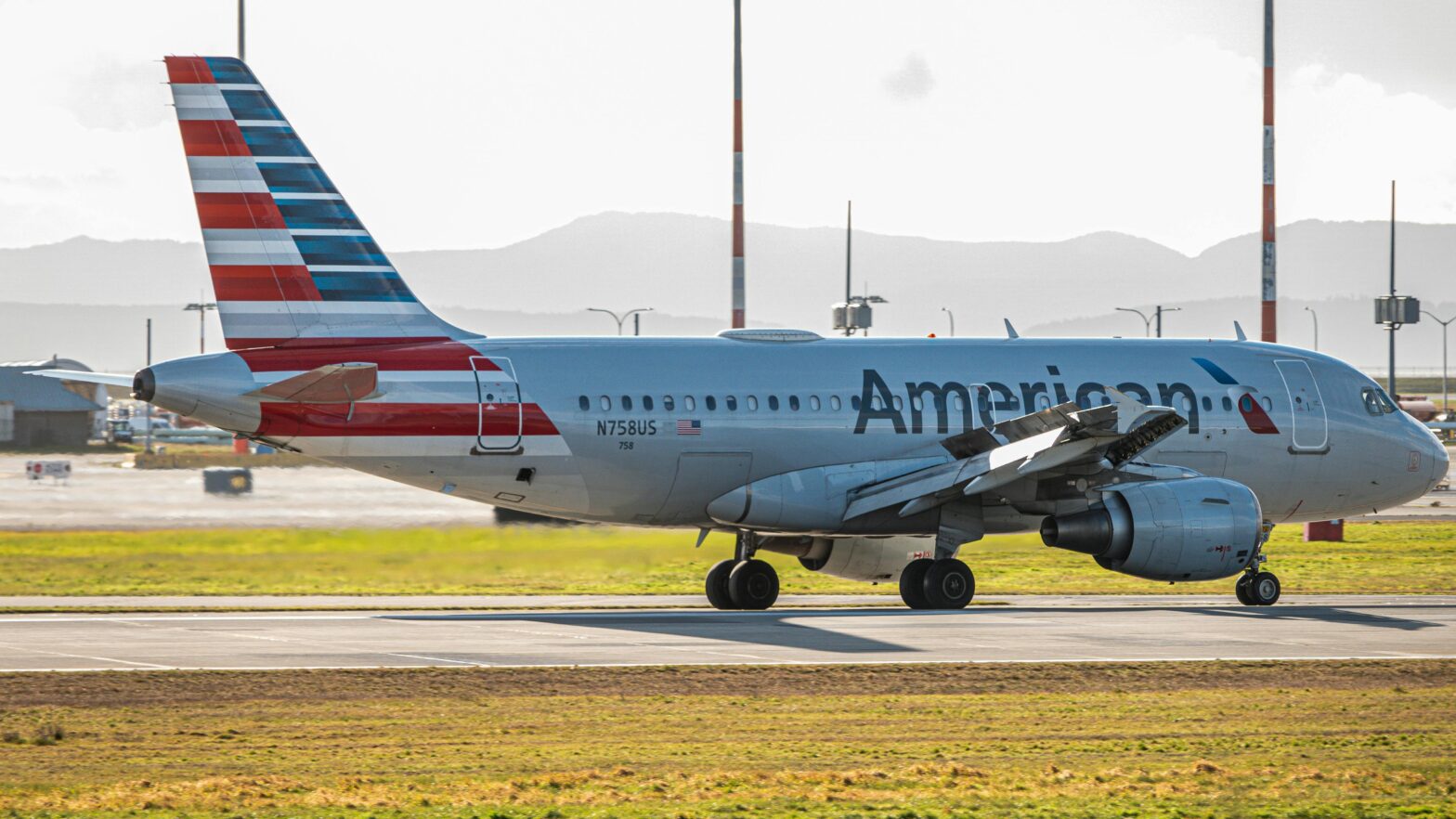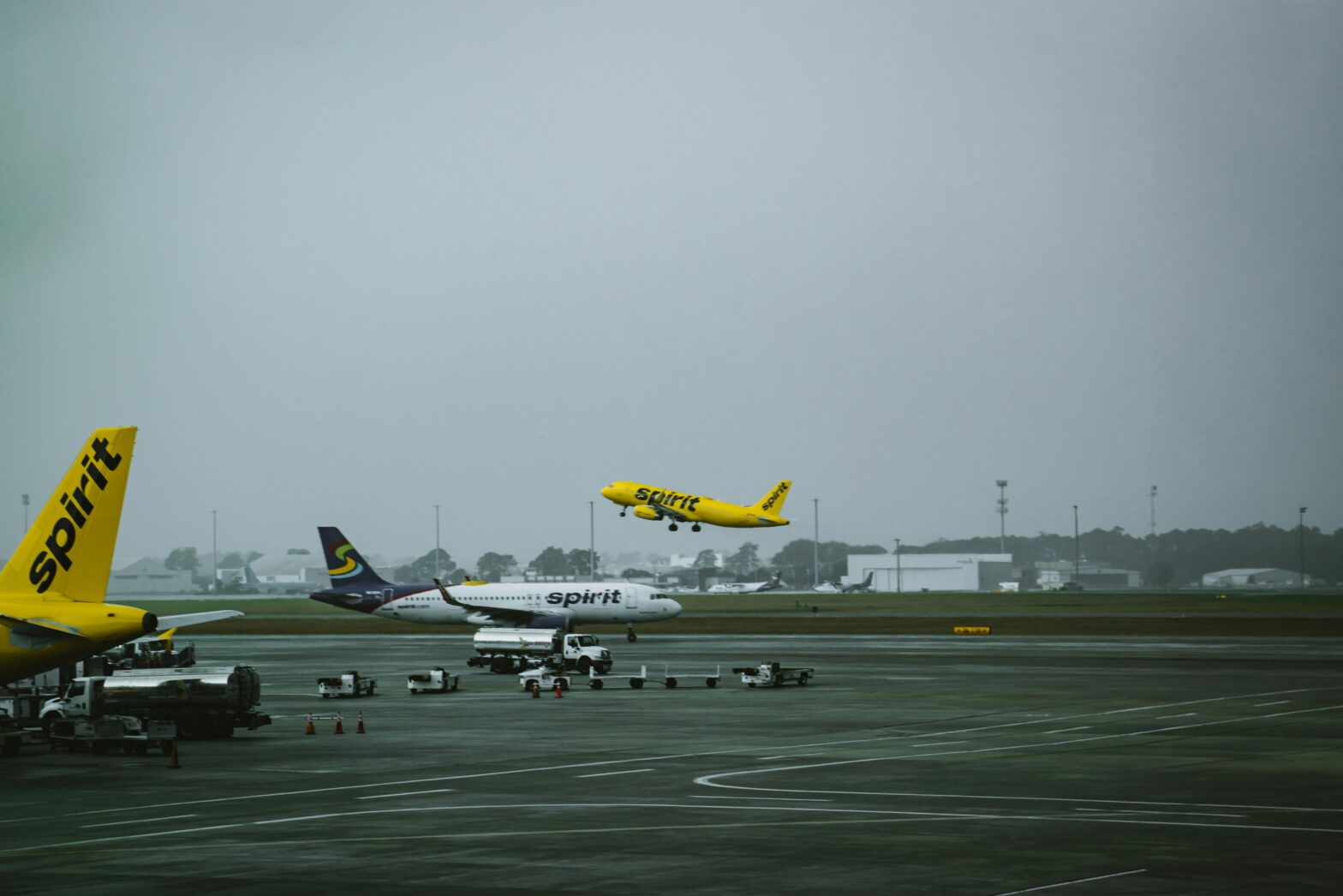When enslaved people were shipped to Cuba from Africa, they brought their traditions with them. As a result, Cuban cuisine, music and dance are linked to the Motherland.
Cubans are warm and love a good party. However, you don’t need to attend an organized event to see African influence. It’s on display everywhere from the major cities to the rural areas. These three Cuban festivals borrow heavily from Africa.
Santiago de Cuba Carnival
Santiago was Cuba’s first capital. During carnival, the city morphs into a massive party, replete with all the music, food and revelry you can imagine.
The Afro-Cuban performers aren’t the only representatives of the Motherland. The colorful costumes, salsa dancing and musical instruments, like the conga drum, are a joy to behold.
Havana Carnival
You might think this carnival is the largest in Cuba. However, Havana Carnival is the second largest.
In terms of visuals, there are plenty of parallels. Havana Carnival directly draws from the dances and songs African slaves brought to Cuba. Exquisitely dressed comparsas (street performers) infuse the party with their limitless energy.
You’ll likely hear batá and iyesá, which are two African ritual drums used in religious ceremonies. Aside from the procession, there are street vendors selling food, crafts and souvenirs.
Havana Jazz Festival
Black people invited Jazz music, and its fans span the globe.
The Havana Jazz Festival highlights local and international musicians. It takes place annually since the late 1970s in January.
In addition to improvised sessions on the street, musicians perform in venues, such as Casa de la Cultura de Plaza and the National Theater of Cuba.





